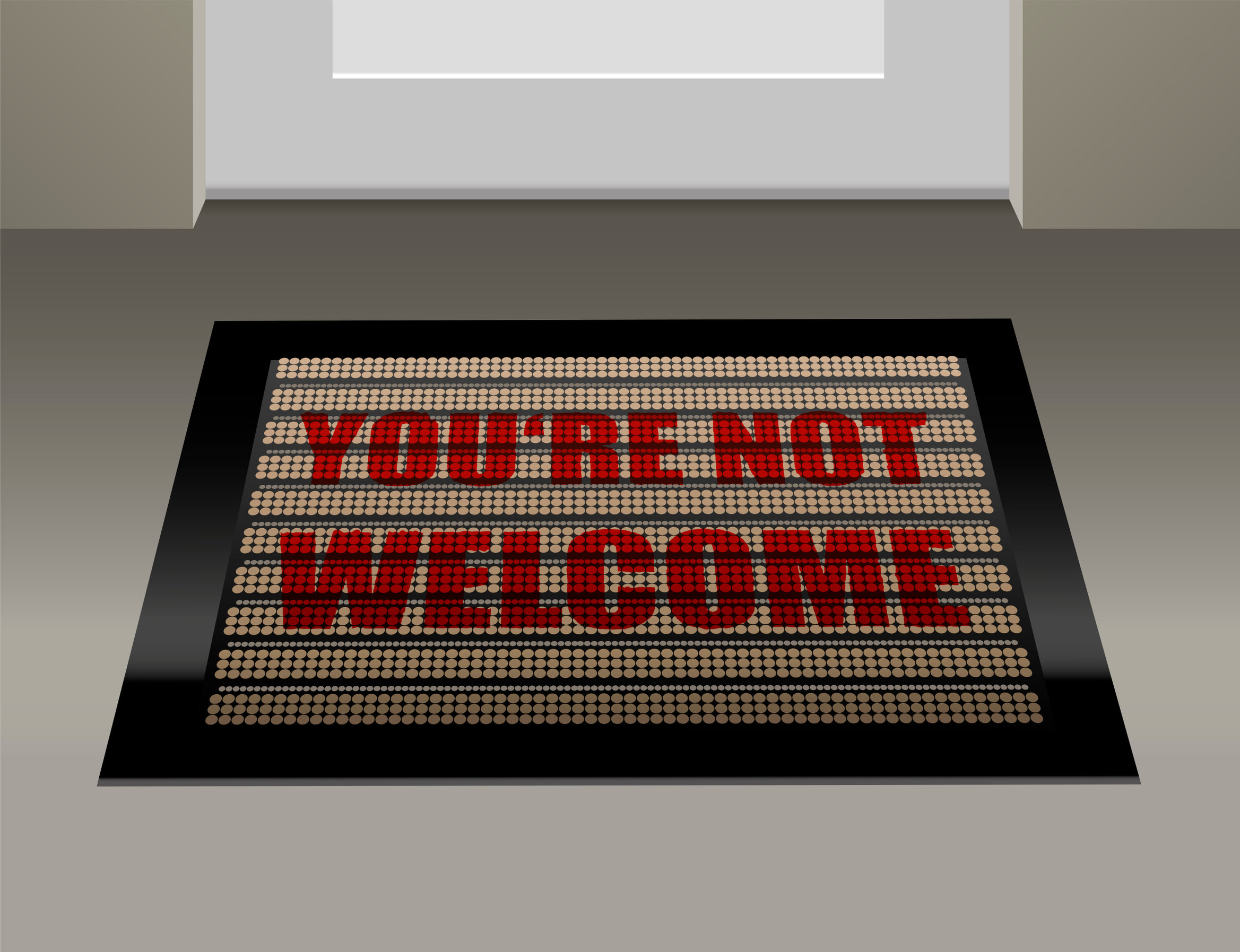“Critical Race Theory – CRT – is not taught in schools,” is the constant refrain from administrators and school boards across the state — despite ample evidence to the contrary.
The latest such denial came last week during a hearing of the Kansas Legislature’s Special Committee on Education.
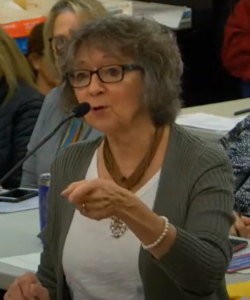
Kansas State Board of Education member Ann Mah lectured legislators on what CRT is, after first reminding them that KSBE has already taken a position.
“The board simply says that CRT critical race theory is an advanced and complex framework of analysis that goes back to the 70s that examines how racism is inherent in our legal institutions,” Mah said during testimony. “It’s largely studied in law school, you won’t find it anywhere in our state standards, and you will not find it in any of our assessments.”
The statement is accurate but also consciously disingenuous, as many things are taught in schools that are not in the state standards, nor on state assessments.
Mah also backhandedly dismissed parent concerns saying CRT has been “co-opted to be an umbrella term for anything, anybody has to complain about public schools. And we have a lot of parent complaints.”
Mah went on to say that she “by no means would say we ever want to dismiss a parent complaint.”
Mah focused much of her testimony on semantics.
“My goal today is to maybe change the direction to start using more accurate terms about what’s going on in schools and start using the right terms for what we’re doing,” she said. “I want to move on to some of the things that often get confused with CRT. The first one is diversity, equity and inclusion. And again, if you look at our foundational structures, one of them is diversity, equity and inclusion. Because we know that students achieve better when they feel included in what’s going on in the school.”
But in testimony later, State Rep. Patrick Penn, (R-Wichita), blew up the idea that CRT is not being taught
“CRT is not the fish in the tank,” Penn said. “CRT is not the fish, it is not the fish food, it is not the water, it is not the plants. It’s not the rocks. CRT is the air in the air filter.”
Mah also repeated the canard that DEI — which uses much the same language as CRT — is about teaching accurate history.
“Teaching accurate history is hard,” she said. “It includes some hard things about our past and present and learning about racism. It’s one of those things, but learning about racism is not CRT.”
But parents aren’t objecting to honest, straightforward discussions of racism; the issue is that schools are indoctrinating students to believe, for example, that all white people are racist oppressors.
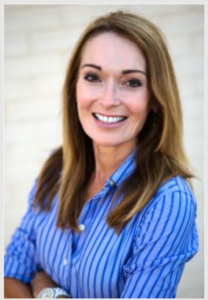
Committee Chair Kristey Williams (R-Augusta) noted frustration with Mah’s talking points as she ended her testimony.
“We have heard that definition over and over,” she said. “And I think that we’re all a little bit tired of that academic definition that does not in any way conclude that CRT application is not being used.”
Williams repeatedly noted the contrast between Mah’s denials and the facts presented by parents, suggesting Mah should revisit her claims.
Parents testify about CRT in schools
Josiah Enyart, who earlier this year resigned from the Shawnee Mission school district, in part over CRT, was one of those testifying.
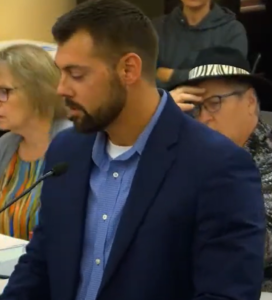
“There are three main points from CRT pushed by the deep equity program,” said Enyart, who taught math in Shawnee Mission for 10 years. “One — you are either the oppressor white, or the oppressed people of color, and whiteness needs to be eradicated. Two, all systems in America are rooted in racism and are still racist today. And three, equal outcomes is the only possible solution for ending racism versus equal opportunity because any disparate outcome is a clear sign of racism.”
Enyart said diversity is supposed to be about more than just skin color, but the CRT, DEI, and SEL proponents care only about skin color.
“It pushes guilt and shame on white students and staff members while pushing victimhood and finger-pointing for people of color. By focusing solely on race or gender, they omit the most important part, the ideas, the thoughts, the opinions … the most important aspect.”
Denise Roberts, of Shawnee Mission, agreed.
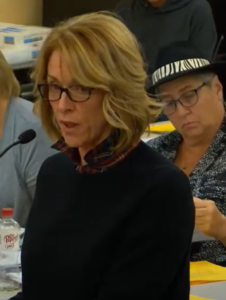
“Parents have recently been accused of terrorizing school boards across the country about CRT,” she said. ‘I’m not that parent, but I am getting weary of seeing them be dismissed and told that critical race theory is not the same as educational equity.”
It’s about more than simply the theories being taught, Roberts said.
“Our family moved to Kansas City in 2017,” she said. “We chose Shawnee Mission because of the district’s reputation for academic excellence. Instead, we found schools far less focused on academic pursuits and relentlessly concerned with social engineering and activism. The problem is a critical social justice worldview and the role of educator as activist, infusing critical theory into pedagogy.
“It is an awakened consciousness to the struggles of oppressed identity groups, a worldview that invokes a call to activism in the classroom and beyond diversity, equity and inclusion, social-emotional learning, and sexualization and grooming of children. Critical theory looks for and finds injustice everywhere and requires that systems be dismantled. It insists on participation. It is a recipe for dissatisfaction that leads to nihilism. And now it is focused on our children.”
Another parent, Amy Thomas, presented stacks of evidence to the committee.
She provided a memo about implementing the Deep Equity program in Shawnee Mission and a series of documents from the Lawrence school district entailing “anti-racist conversations with families.”
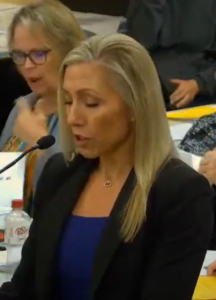
“Page five of the document defines whiteness and states ‘white dominant culture grants advantages to white people,'” she said. “It goes on to ask who is benefiting? Who is marginalized, and the worksheet provided you will see anti-racist responses with questions. How does race play a role in that experience?
“This training brings race into every question driving a wedge between white people in all people of color.”
Roberts also said examples of CRT in schools are rife.
“On the first day of class 2020, a 10th grade English teacher at Shawnee Mission Northwest brought up for discussion the topic of the shooting of Jacob Blake and the Kenosha shooter,” Roberts said. “After a 10-minute rant, she told one student that he needed to get better sources because she had facts, and he was reciting ‘right-wing talking points.’ Her ‘facts’ have been proven incorrect. That same semester, in a virtual class that my daughter was attending, a girl turned off her camera in tears because she expressed uncertainty about the Black Lives Matter movement. And she, according to my daughter, got dragged (humiliated on social media) by her peers. My daughter was concerned for her well-being. What she said to me was this. ‘We all know, Mom, you can think it, but you better not say it.'”
“I would ask the DEI proponents. How is this a safe, welcoming, and inclusive environment?”
Those sentiments were also echoed by Enyart.
“How can all students feel valued if they are told that they are only worth their skin color or gender identity,” he asked. “They are told by this program that they have implicit biases, and they need to rid themselves of whiteness. How can this be good for students, let alone society? How can people of color improve their self-belief and ability to persevere through challenges if they’re taught that everyone is against them? It’s a hopeless message.
“It’s destroying students’ self-esteem, social interactions, and ability to work on tough problems and learn new challenging academic material.”



